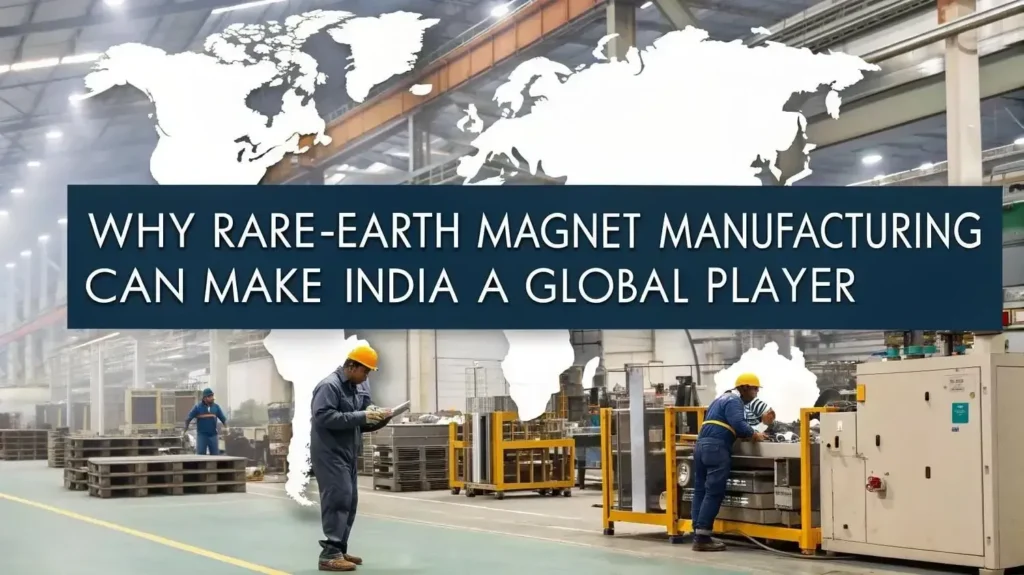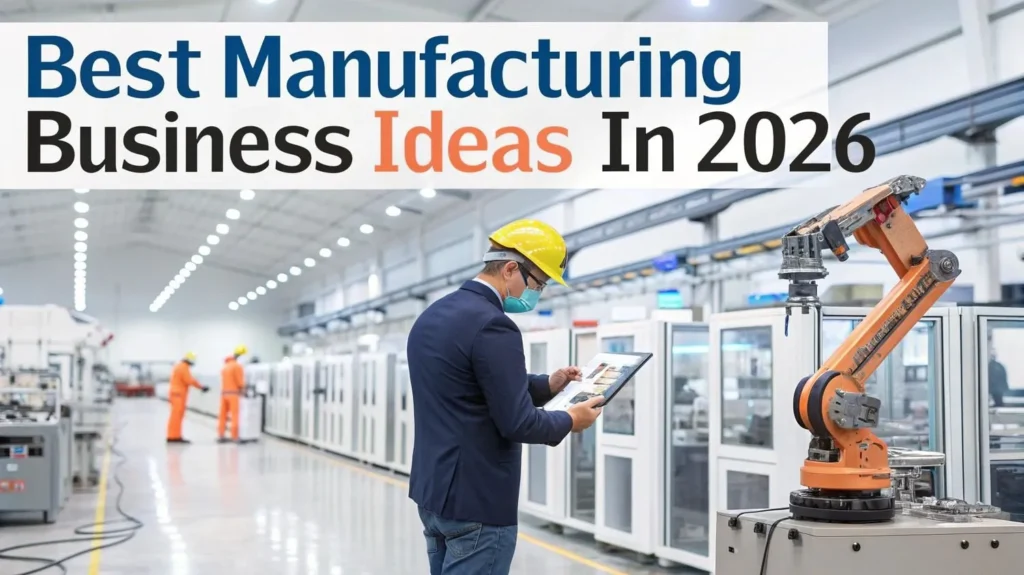The demand for sustainable, cost-effective, and versatile building materials is growing globally, making medium density fiberboard (MDF) a highly sought-after product in the construction and furniture sectors. As a result, entrepreneurs and investors are increasingly exploring the potential of starting a medium density fiberboard business. If you’re considering tapping into this thriving industry, this comprehensive investment guide will walk you through the key aspects you need to know.
Understanding the Medium Density Fiberboard Industry
Manufacturers create medium density fiberboard by breaking down hardwood or softwood residuals into wood fibers, combining them with wax and resin binders, and forming panels using high temperature and pressure. This process produces dense, flat panels that are easy to machine and finish, making them an ideal choice for a wide range of applications—from furniture to flooring to wall paneling.
The global MDF market has seen consistent growth due to urbanization, increased construction activity, and the rising demand for affordable furniture. As a more economical and environmentally friendly alternative to solid wood and plywood, MDF is widely used by carpenters, furniture manufacturers, and interior designers alike.
Market Potential and Demand Drivers
The market for medium density fiberboard is expanding rapidly across Asia-Pacific, Europe, and North America. In India, especially, the MDF segment is growing at an impressive rate due to the government’s focus on infrastructure, smart city projects, and the booming real estate sector.
Key factors driving demand include:
- A shift from traditional wood products to engineered alternatives.
- The rise of organized furniture retail chains.
- Growth in modular kitchen and furniture solutions.
- Increasing consumer awareness of eco-friendly materials.
Investment Requirements
Starting a medium density fiberboard business involves substantial investment, especially if you’re setting up a manufacturing unit from scratch. Below is a breakdown of the major cost components:
- Land and Building: You will need 1 to 2 acres of land depending on your production capacity. Industrial land prices vary by location, but a minimum investment of ?1–2 crore is often required.
- Machinery and Equipment: The core machinery includes a defibrator, resin mixer, hot press, dryer, sanding line, and trimming unit. Depending on capacity (ranging from 100 to 500 cubic meters per day), machinery can cost between ?5–15 crore.
- Raw Materials: The main raw materials include wood chips, fibers, resins, wax, and hardeners. You must also plan for a steady supply chain to ensure uninterrupted production.
- Labor and Staff: Plant operation, quality control, maintenance, and logistics require skilled operators, engineers, and laborers. Monthly wage bills can vary between ?5–10 lakh based on workforce size.
- Utilities: High power consumption and water usage are common in MDF manufacturing. Plan for efficient electricity and water supply systems, which can cost several lakhs monthly.
- Licenses and Permits: You’ll need multiple approvals including a Factory License, Pollution Control Board (PCB) clearance, Fire Safety Certificate, GST Registration, and possibly forest department permissions.
Overall, a medium-sized medium density fiberboard manufacturing plant may require an initial investment of ?15–25 crore.
Location and Setup Considerations
The success of your MDF business is heavily influenced by location. Ideal sites are those near:
- Raw material sources (like timber yards or sawmills)
- Industrial zones with good logistics support
- High-demand markets (urban and semi-urban regions)
Proper factory layout planning, efficient space utilization, and adherence to safety norms are critical. Investing in automated and semi-automated machinery can reduce long-term operating costs and improve productivity.
Technology and Production Process
The production of medium density fiberboard follows a complex yet standardized process. Here’s a step-by-step overview:
- Wood Preparation: Workers debark the logs, chip them, and screen them for size.
- Fiber Production: Chips are softened using steam and converted into fibers using a defibrator.
- Blending: Fibers are mixed with resin binders and additives.
- Mat Forming: Workers evenly distribute the fiber-resin mix on a conveyor to form a mat.
- Hot Pressing: Heat and pressure compress the mat to achieve the desired thickness and density.
- Cooling and Trimming: The pressed boards are cooled, trimmed, and sanded for smoothness.
- Finishing: Boards can be laminated or veneered depending on client needs.
Automation enhances quality consistency, waste reduction, and plant efficiency.
Revenue Model and Profitability
Revenue generation primarily depends on production capacity and selling price per cubic meter or sheet. Manufacturers typically sell MDF boards in sizes like 8’x4′ and thicknesses ranging from 3mm to 25mm. The average selling price varies between ?20–?60 per square foot depending on thickness and finish.
Assuming a daily output of 200 cubic meters and a conservative profit margin of 15–20%, monthly revenue can easily cross ?2–4 crore for a mid-sized unit. The business can achieve break-even within 3–4 years under optimal operating conditions
Value-added products like laminated MDF, pre-laminated boards, or customized furniture components can significantly enhance margins.
Challenges in the MDF Business
While the MDF industry offers great potential, it faces several challenges that require attention:
- High Capital Requirement: Large-scale investment deters many small players.
- Raw Material Fluctuations: Wood prices and resin availability impact input costs.
- Environmental Regulations: Emissions and waste disposal must comply with strict norms.
- Competition: Established players like Greenply, Action Tesa, and CenturyPly dominate the market.
- Awareness: Some buyers still prefer plywood or solid wood due to perception issues.
Overcoming these challenges requires strategic planning, efficient operations, branding, and customer education.
Government Support and Policies
Governments, particularly in developing economies like India, are promoting sustainable manufacturing through incentives and subsidies. These may include:
- Capital investment subsidies
- Interest subsidies on term loans
- Tax benefits for green manufacturing units
- Export incentives for global markets
Entrepreneurs should consult with industry associations, MSME departments, and financial institutions to avail relevant schemes.
Marketing Strategy
A strong marketing plan is essential to penetrate the competitive MDF market:
- Target Audience: Furniture manufacturers, interior designers, builders, modular kitchen brands, and carpenters.
- Channels: Distributors, retailers, e-commerce platforms, direct B2B partnerships.
- Branding: Focus on quality, moisture resistance, eco-friendliness, and cost advantages.
- Promotion: Participate in trade shows, offer product samples, run digital marketing campaigns, and develop catalogs for dealers.
Word-of-mouth and consistent supply are crucial for retaining B2B clients.
Sustainability and Future Trends
The global shift toward environmentally sustainable practices is pushing the industry toward low-emission, formaldehyde-free boards and recyclable products. Innovating with recycled wood waste and low-VOC adhesives can improve your brand image and market acceptance.
Moreover, automation, AI-integrated quality control systems, and lean manufacturing are shaping the future of the MDF business. Smart entrepreneurs should stay updated on industry 4.0 trends to remain competitive.
Conclusion
Starting a medium density fiberboard business is a promising venture for those with access to capital, technical know-how, and long-term vision. With the rising need for affordable and sustainable wood alternatives in construction and interiors, the MDF industry is poised for exponential growth.
By ensuring a robust supply chain, efficient production, and smart marketing, you can build a successful business that not only meets domestic demand but also taps into international markets. As the demand for medium density fiberboard continues to grow, now is the ideal time to invest in this dynamic and lucrative industry.
Visit the page Select and Choose the Right Business Startup for You for sorting out the questions arising in your mind before starting any business and know which start-up you can plan.
We, at NPCS, endeavor to make business selection a simple and convenient step for any entrepreneur/startup. Our expert team, by capitalizing on its dexterity and decade’s long experience in the field, has created a list of profitable ventures for entrepreneurs who wish to diversify or venture. We regularly update the list to give you a steady stream of new emerging opportunities.





